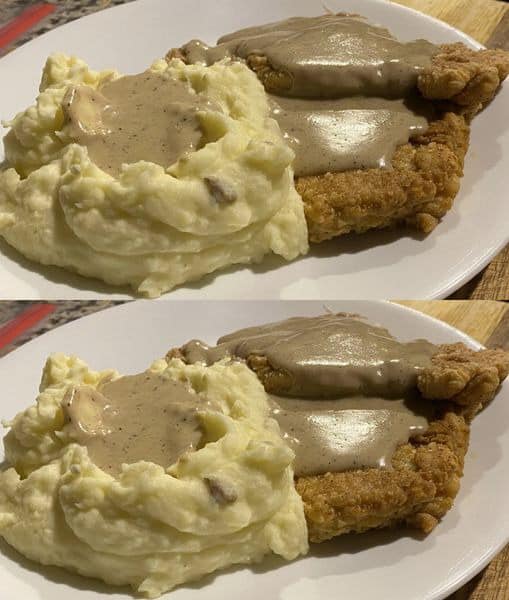You’ve been there.
The potatoes are mashed.
They’re looking a little thick.
So you reach for the milk—just a splash more—to loosen them up.
But then… it happens.
Instead of creamy clouds, you get gluey, sticky mush.
Flat flavor. Heavy texture. A sad pile that barely passes as side dish.
Sound familiar?
Here’s what the pros know—and why one simple rule can save your next batch:
🚫 “Don’t add more milk or water to the mash.”
It sounds counterintuitive.
After all, isn’t creaminess the goal?
Yes—but true creaminess comes from technique, not flooding with liquid.
Let’s break down this chef’s golden rule and learn how to make perfect, fluffy, restaurant-quality mashed potatoes every time. ✨💛
🔍 Why This Rule Exists: The Science Behind the Mash
Potatoes aren’t just starch—they are starch.
And when you overwork them or introduce cold liquid at the wrong time, you activate that starch in the worst way:
🧫 Too much liquid + agitation = gummy texture
💧 Cold milk cools hot potatoes → uneven mixing → lumps
🌬️ Over-mixing breaks cell walls → releases too much starch → glue instead of fluff
That’s why adding milk after mashing is like pouring water on fire—except the fire is your texture, and the water makes it worse.
As legendary chef Jacques Pépin once said:
“Mashed potatoes should taste like butter and potato—not like milk with potatoes.”
✅ The Right Way:








